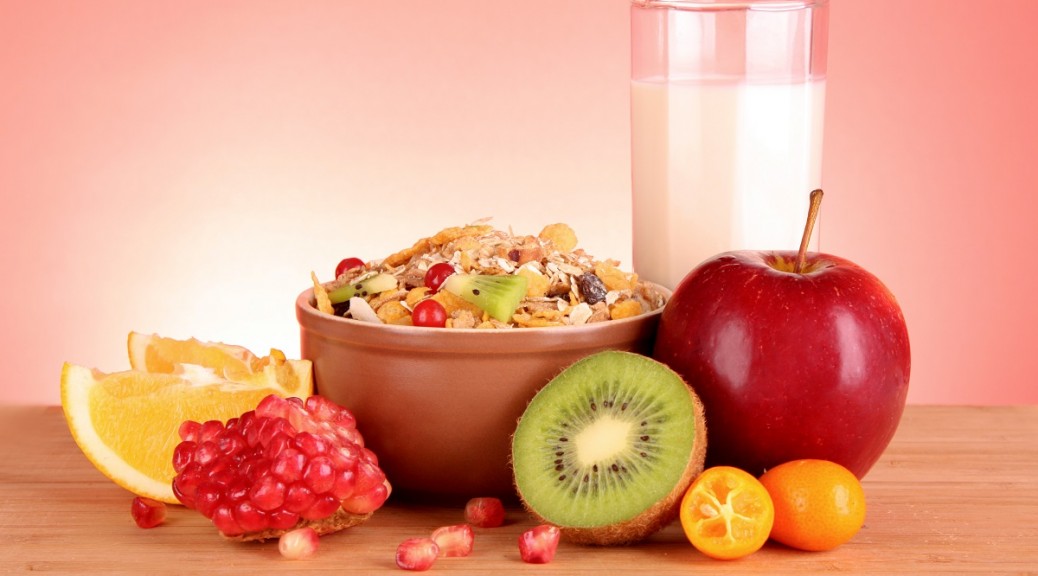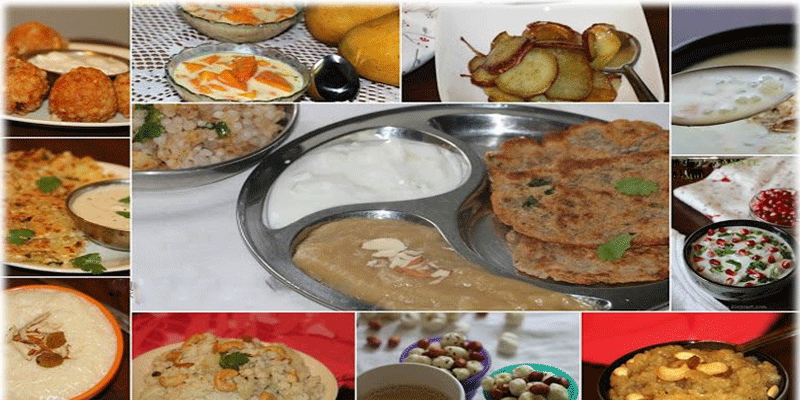Vasant Navratri Diet that detoxifies your body and boosts immune system
| Monday | 19th March, 2018Summary:
Vasant Navratri is celebrated at the biggest6 festival of North India starts with the customary fasting. The ritual fasts associated with most festivals might not seem as fancy as the Paleo diet, but their sole purpose is to purify or detoxify the body. This quiet opposes the belief that such a rigorous diet can do harm to your body.
Don`t believe us? Just think about Navratri for instance. You might look at your relatives and wonder why they`re depriving themselves of good food, but take a closer look at that Navratri thali.

The festival that fall amidst the transition of two seasons has its own scientific advantage. This is the time when the body is prone to fall sick and this is the time a person should take care of themselves. The whole structure of the Navratri vrat or fast supports the idea of a healthy lifestyle, and, if followed properly, it`s a good detox programme. They improves the immune system of the body naturally!

The diet itself is endorsed by ayurveda, which explains that tamasic food items shouldn`t be consumed because they harm the body in the long run. On the other hand sattvik food is recommended for this period, which is extremely healthy.
So this Navratri, be smart and go for a balanced and nutritious Navratri diet. Make sure your Navratri thali has a little of every dish you can rustle up so that you get all the goodness from the sattvik ingredients. And have lots of water, without which this nine-day detox will be incomplete. Here are the ingredients you can depend on during this period:

Water chestnut flour (singhare ka atta)
Buckwheat flour (kuttu ka atta)
Amaranth flour (rajgira ka atta)
Barnyard millet (vrat ke chawal)
Cumin (jeera)
Black pepper (kali mirch)
Rock salt (sendha namak)
Green cardamom (ilaichi)
Ginger (adrak)
Green chilli (hari mirch)
Lemon (nimbu)
Mint leaves (pudina)
Curry leaves
Potatoes
Pumpkin (petha/kaddu)
Sweet potato (shakarkandi)
Raw banana
Bottle gourd (lauki)
Cucumber (kheera)
Sago (sabudana)
Makhana
Dry fruits
All fruits
Milk and milk products (paneer, curd, ghee, khoya)
Sugar
Honey
Jaggery (gur)
Coconut
Groundnut oil
Vasant Navratri is celebrated at the biggest6 festival of North India starts with the customary fasting. The ritual fasts associated with most festivals might not seem as fancy as the Paleo diet, but their sole purpose is to purify or detoxify the body. This quiet opposes the belief that such a rigorous diet can do harm to your body.
Don`t believe us? Just think about Navratri for instance. You might look at your relatives and wonder why they`re depriving themselves of good food, but take a closer look at that Navratri thali.

The festival that fall amidst the transition of two seasons has its own scientific advantage. This is the time when the body is prone to fall sick and this is the time a person should take care of themselves. The whole structure of the Navratri vrat or fast supports the idea of a healthy lifestyle, and, if followed properly, it`s a good detox programme. They improves the immune system of the body naturally!

The diet itself is endorsed by ayurveda, which explains that tamasic food items shouldn`t be consumed because they harm the body in the long run. On the other hand sattvik food is recommended for this period, which is extremely healthy.
So this Navratri, be smart and go for a balanced and nutritious Navratri diet. Make sure your Navratri thali has a little of every dish you can rustle up so that you get all the goodness from the sattvik ingredients. And have lots of water, without which this nine-day detox will be incomplete. Here are the ingredients you can depend on during this period:

Water chestnut flour (singhare ka atta)
Buckwheat flour (kuttu ka atta)
Amaranth flour (rajgira ka atta)
Barnyard millet (vrat ke chawal)
Cumin (jeera)
Black pepper (kali mirch)
Rock salt (sendha namak)
Green cardamom (ilaichi)
Ginger (adrak)
Green chilli (hari mirch)
Lemon (nimbu)
Mint leaves (pudina)
Curry leaves
Potatoes
Pumpkin (petha/kaddu)
Sweet potato (shakarkandi)
Raw banana
Bottle gourd (lauki)
Cucumber (kheera)
Sago (sabudana)
Makhana
Dry fruits
All fruits
Milk and milk products (paneer, curd, ghee, khoya)
Sugar
Honey
Jaggery (gur)
Coconut
Groundnut oil